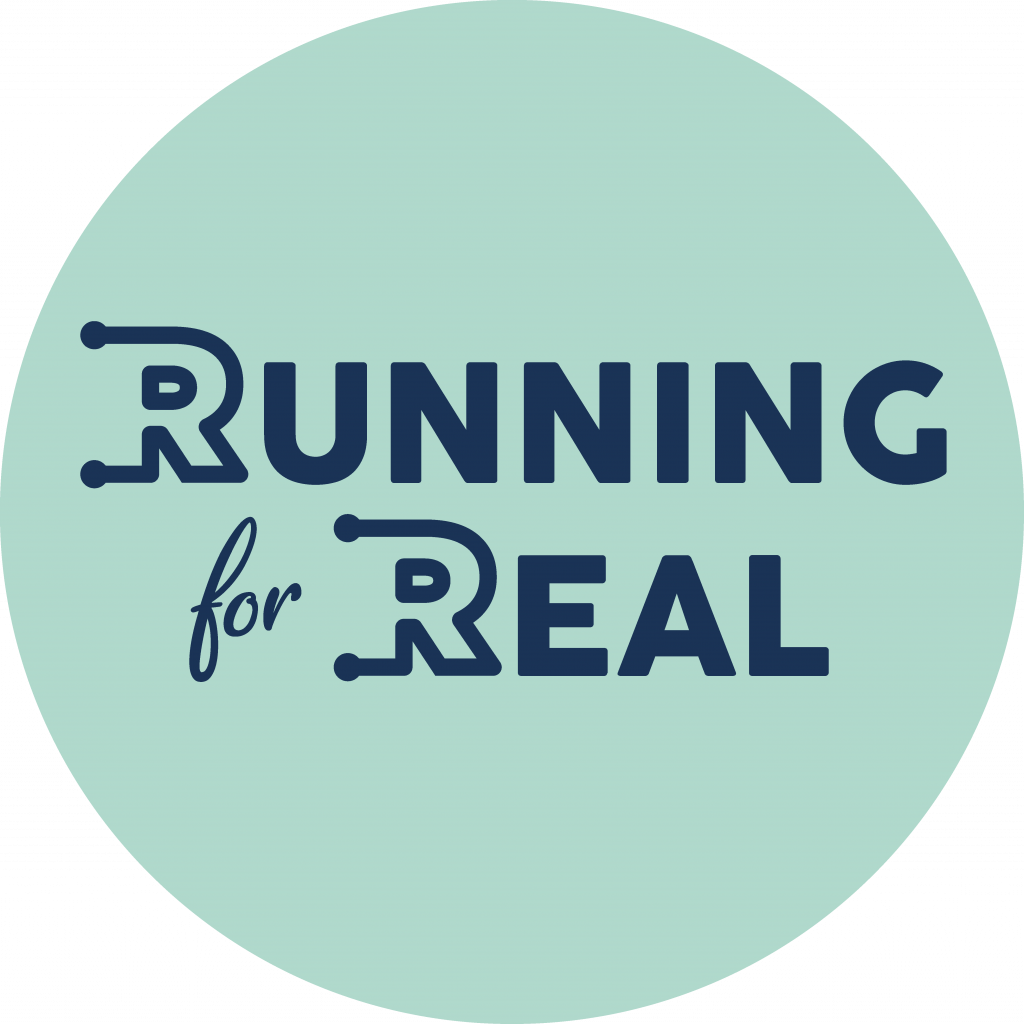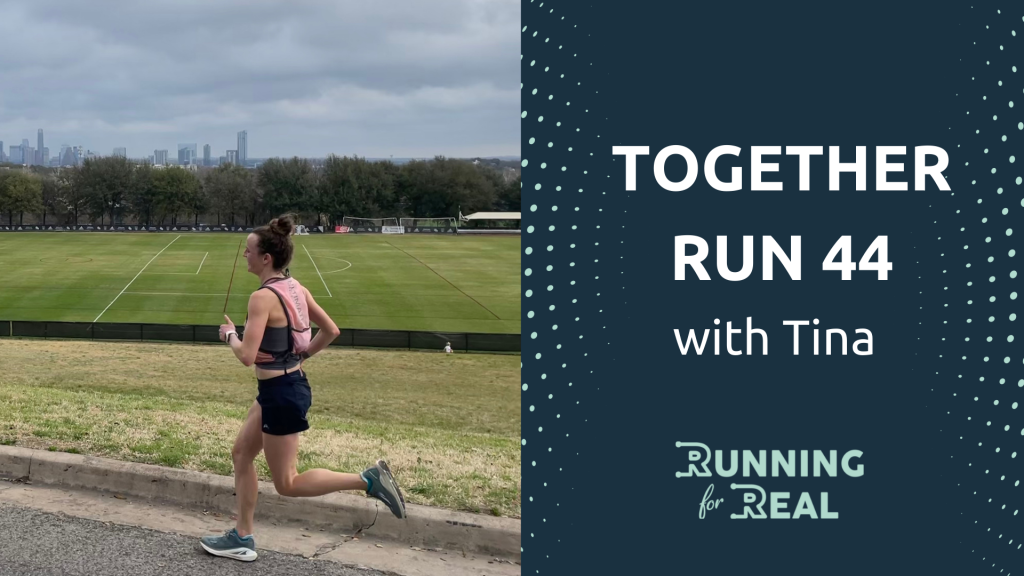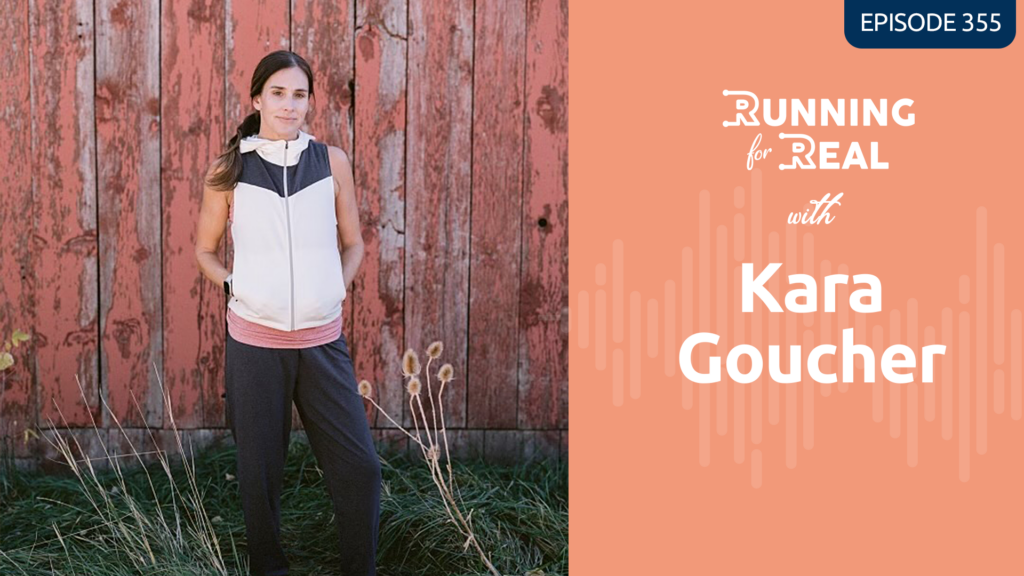Chicago Event Management (CEM) produces events including The Bank of America Chicago Marathon, Chicago 13.1, and Shamrock Shuffle that exemplify sustainable road racing.
CEM strives not only to be environmentally responsible, but also to contribute to their community. They present are high-profile, big-budget events, but Chief Operating Officer Michael Nishi and Sustainability Manager Cat Morris share suggestions for how smaller events can also practice sustainability.
Listen to the Running for Real podcast here:
Apple (iTunes) Podcast | Sticher | Castbox | Overcast | Spotify | Google Play | iHeartradio |
Chicago Event Management received certification from the Council for Responsible Sport in 2010, and Cat encourages all race presenters to work with them. She began working with the Council when she joined CEM in 2015, and under her guidance, the Chicago Marathon has earned multiple certifications and was awarded the Council’s Evergreen Inspire Status.
Race directors can utilize a tool that the Council created, called ReScore. “It’s an app that’s powered by TCS and that provides all the different ways that you can build sustainability into your organization. It’s free to use. And the only charge would be if you choose to get certified,” Cat explains.
What about runners who want their local races to become more sustainable but feel that their individual voice won’t make a difference? “I think you have to look at it as, you’re one person, but there’s thousands of people that run that race,” Cat says. “So if other people lift their voices, then you’ve got a community of people telling that race director that yes, there are people out there that are concerned and do want to make a difference. And then vote with your pocketbook; you know, choose the races that are being sustainable. Let the race directors know if the race isn’t sustainable, that you’re moving on to another one. Open that dialogue; open that conversation with the race. You might be surprised that maybe there are some opportunities that they have, that they just haven’t thought of.”
She suggests sending race directors a free guide produced by the Council for Responsible Sport, A Practical Guide to Hosting Radically Responsible Events. “Send that on to the race, say, ‘Hey, you know, you don’t have to take all the actions immediately, but pick out what you can do and then move on from there.”
Mike agrees that it’s worthwhile to make a race aware of your concerns. Even if you don’t know exactly with whom to speak, you can contact a general email and ask to be connected with someone within the organization who would like to talk about sustainability. “I think that the way that you present it is not just, ‘I don’t like this,’ it’s like, ‘Here are some resources and materials that I think can definitely help improve the event, especially when it comes to sustainability.’
“I think another great approach is, if someone has that interest, why don’t they also come in, help with the solution, and then also say, ‘Let me raise my hand and be a volunteer; let me help take on some of this responsibility.’ You know, ‘I’m part of a running club and I think this is really interesting and we want to see some change, but we’re willing to help support.’ So I think just in addition to raising awareness around certain things that you’d like to see, coming in with practical solutions, as well as raising that hand and being part of that solution would go a long way. You would get my attention quickly. You walk in with solutions and you’re willing to help work side by side with us; you know, that’s gonna go a very long way.”
Working side by side with CEM could mean involvement with their biggest initiative: composting for the Chicago Marathon. As Cat relates, it’s a major undertaking. “We produce over 1.8 million cups on course at the Chicago Marathon So what do we do with those cups? The 60,000 bananas that are served both on course and in the park, there’s a lot of banana peels that need to be taken care of. So, by keeping those out of the waste stream and composting them, we’re able to reduce our emissions first of all, but secondly, we’re taking those organic materials to a compost facility, where they break down into a nice nutrient rich soil. And in the springtime we take that material and donate it to local community gardens in the communities that we impact.”
Mike loves that projects such as composting enable them to have a positive impact on the community well beyond race day. “It takes time to break down that type of compostable material into nutrient rich soil, and then you can take that and then you can do the volunteer projects. You’re going to put it into these beds, and it’s those nutrients going to help create the vegetables that our community is going to eat and subsist on. And it’s just an incredible story. These are the things that we can reimagine and that we’re part of and you can feel, and it just gets you so excited, and it extends our ability to reach beyond just event week. And it gives us the ability to reach outside of our event into different communities.”
Of course, composting all of their waste may be impossible for smaller races. But, Cat points out, there’s another option, which they’re also exploring – reusable silicone cups. They’ve been speaking with Hiccup Earth. “The company comes in; they’ll help set up your aid stations. The runners drink their water, toss the cup aside, and they collect those cups, take them back to the facility, wash them, and reuse them. So you’re just paying for the service of them providing the cups, and in a lot of cases that’s less expensive than having a compost service come and pick them up, and it’s a way to be sustainable. Some of the cups that they use have been used 77 times already. So, imagine that.”
Another way that CEM is environmentally responsible and saves money at the same time is by digitizing all of their guides. “That did two things,” Cat says. “One, it reduced the amount of paper, something like 48 tons of paper, and also reduced our emissions by 400 metric tons. So that was a huge initiative. Paper costs money, so that reduced our cost. And then we used that money to invest into more sustainability initiatives.”
From working with local suppliers to reduce shipping, to designing signs so that they can be used year after year, to donating the ribbons from unclaimed medals to schools to use for art projects, there are ways large and small that races can contribute positively to the environment and to their community. As Mike says, “Be practical, start small, and you’ll find that other people will be there in your support and want to grow and be challenged by this. You’ll find other people in your organization, in your event, in your volunteer groups, and network that want to help you to develop these different projects, programs, and initiatives that they want to see support the event and support their communities. It’s never too late to start. Start small, but you’ll definitely feel and see the results in a short amount of time.”
resources:
Running Realized: The Sustainable Road Race (with Michael Nishi)
Chicago Event Management’s Instagram
Thank you to GotSneakers?, Örlö, and Tracksmith for sponsoring this episode.

GotSneakers? makes it socially and financially rewarding to contribute to a circular economy with their FREE sneaker recycling program.
As runners, we go through a lot of shoes, but many of them that we consider “done” still have life for others. In the U.S. alone, at least 200 million pairs of shoes and sneakers wind up in landfills each year, where they can take 30-40 years to decompose. Meanwhile, more than 600 million people worldwide don’t even own a pair of shoes. When you join the GotSneakers? community, you’ll be making a global impact AND you’ll earn money for the shoes that you send them.
Go here to get started!

Örlö is the world’s most sustainable algae supplement. Algae is a potent source of EPA and DHA, the omega-3 fatty acids that are essential to life. They help you take care of your brain health, heart health, and immune system, and your body absorbs them three times better than fish oil. They also don’t have that fishy aftertaste!
Örlö’s algae is grown in pristine water in Iceland using only green energy and they employ a carbon-negative production process. 99% less land and water resources are used, so you get 100% of the benefit with 0% of the guilt!
You can go here and use code TINA at checkout to save 20%!

Tracksmith is an independent running brand inspired by a deep love of the sport. For years the brand has elevated running wear using best-in-class materials and timeless silhouettes that perform at the highest level and can be worn everyday, not just for running.
Tracksmith helps the environment by making comfortable, durable clothes that will last for years, rather than winding up in the landfill, but that’s not the only contribution they make. They supported Running for Real in creating our RED-S: Realize. Reflect. Recover program. They help athletes who are trying to make the Olympic trials, and they offer scholarships for creatives to work on their crafts. They also have lots of events – Tina will be hosting events with them at the Boston and London marathons.
If you’re a new customer, go here and use the code TINANEW at checkout to get $15 off your order of $75 or more. Returning customers can use the code TINAGIVE, and Tracksmith will give you free shipping and donate 5% of your order to TrackGirlz.
Thanks for listening!
If you haven’t already, be sure to subscribe on Apple, Spotify, iHeart, Stitcher, YouTube, or wherever you get your podcasts. And if you enjoy Running for Real, please leave us a review!
Keep up with what’s going on at Running for Real by signing up for our weekly newsletter.
Join the newsletter
This is not your usual email newsletter. With Tina’s personal reflections and recommendations, suggestions of things to do, thoughts to contemplate, and some updates, this newsletter is one that you’ll WANT to read, not hit “delete” as soon as you see it.
Follow Tina on Instagram, Facebook, and Twitter. You’ll find Running for Real on Instagram too!
Want to be a member of the Running for Real community? Join #Running4Real Superstars on Facebook!
Subscribe to our YouTube channel for additional content, including our RED-S: Realize. Reflect. Recover series of 50+ videos.
Thank you for your support – we appreciate each and every one of you!



